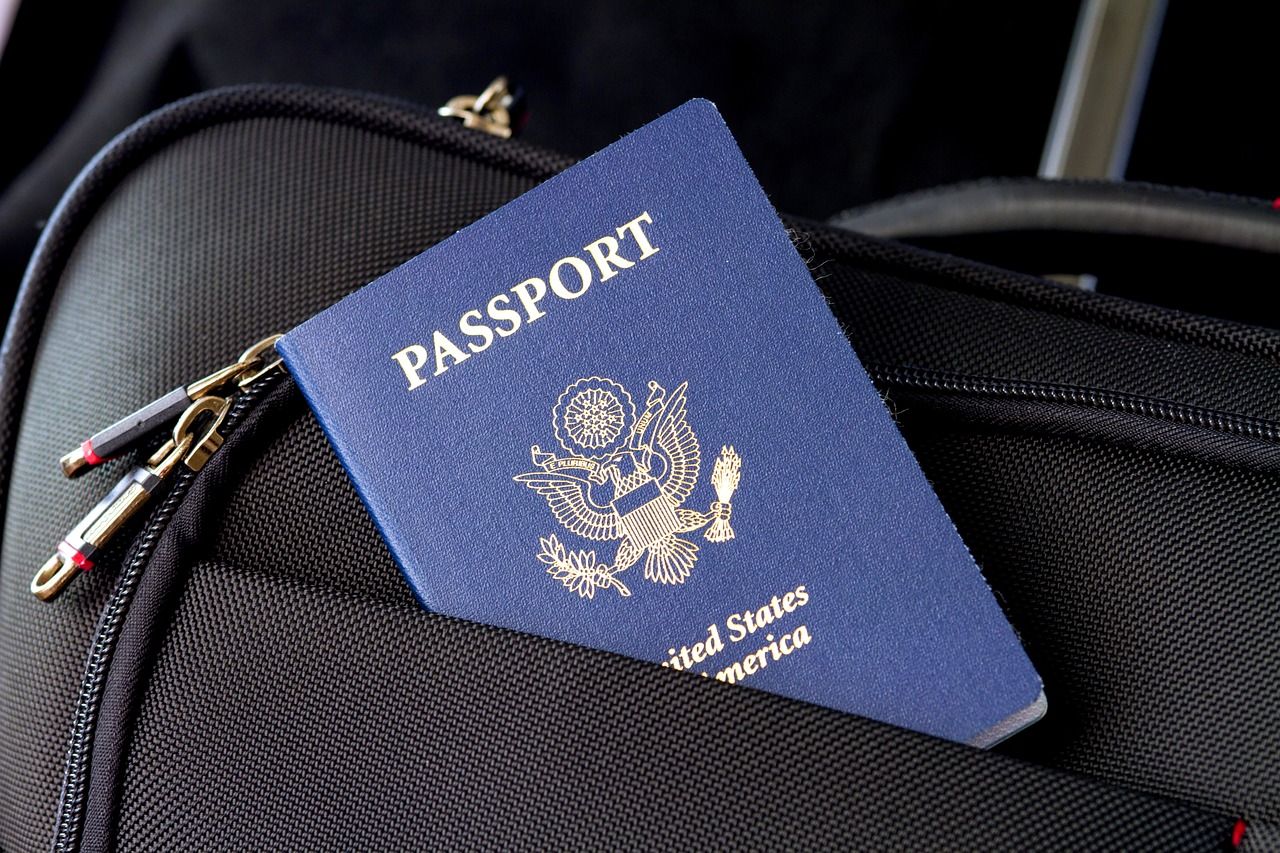Table of Contents
Navigating the complex process of obtaining a U.S. visa can be daunting. This guide aims to provide crucial insights into the various types of visas, application procedures, and essential tips to ease your journey.
Understanding the Different Types of U.S. Visas
The United States offers a myriad of visa categories, each designed to meet specific needs and situations. Broadly, visas are classified into two main types: immigrant and non-immigrant visas. Immigrant visas are for those who wish to live permanently in the U.S., while non-immigrant visas are for temporary visits, such as tourism, studying, or business.
Within these categories, there are numerous subtypes. For instance, the B-1 and B-2 visas are for business and tourism, respectively, while F-1 and J-1 visas cater to students and exchange visitors. H-1B visas are designed for skilled workers, while L-1 visas are intended for intra-company transferees. The diversity in visa types reflects the varied reasons people have for visiting or settling in the U.S., making it crucial to understand the specific requirements and restrictions associated with each type.
The Application Process: Step by Step
Embarking on the visa application journey requires meticulous planning and attention to detail. The first step is to determine the appropriate visa type based on your purpose of visit. Once identified, you need to complete the necessary forms, commonly the DS-160 for non-immigrant visas or the DS-260 for immigrant visas. Following this, you must pay the associated fees, which vary depending on the visa type. An essential part of the process is scheduling and preparing for the visa interview at a U.S. consulate or embassy. This step often involves gathering an array of supporting documents, such as proof of financial stability, intent to return to your home country, and any other documents specific to your visa type. Attending the interview is a critical phase where consular officers assess your eligibility and intent. Preparing thoroughly can make a significant difference, as any discrepancies or insufficient documentation can lead to delays or denials.
Common Pitfalls and How to Avoid Them
Navigating the visa application process can be fraught with pitfalls that could derail your plans. One common mistake is not providing accurate or complete information on your application forms. Consular officers scrutinize every detail, and inconsistencies can raise red flags. Another frequent error is failing to prepare adequately for the visa interview. Applicants often underestimate the importance of this interaction, resulting in unsatisfactory presentations of their cases. Additionally, not having the necessary supporting documents or failing to meet specific visa requirements can lead to rejections. It’s also crucial to apply within the appropriate timeframe; applying too late can jeopardize your plans, especially during peak travel seasons when processing times are extended. Seeking advice from immigration experts or legal counsel specializing in U.S. visas can be an invaluable step to ensure that you navigate this complex process smoothly.
Tips for a Successful Visa Interview
The visa interview can be the most nerve-wracking part of the application process, but with the right preparation, you can enhance your chances of success. First, dress appropriately and arrive on time to make a positive first impression. Be honest and concise when answering questions; consular officers appreciate clarity and transparency. It’s essential to have a thorough understanding of your travel plans and the purpose of your visit. Practice common interview questions and prepare your answers in advance, particularly those about your ties to your home country and how you plan to sustain yourself financially during your stay. Bringing organized and complete documentation can help solidify your case. Demonstrating strong ties to your home country, such as family, employment, or property, can assure officials of your intent to return. Lastly, maintain a calm and respectful demeanor, even if challenged with tough questions. Confidence and preparedness are your best allies in this crucial interview phase.
Post-Approval Steps and Travel Preparations
Receiving visa approval is a significant milestone, but there are still vital steps to undertake before your journey. First, confirm the details on your visa, such as the category, expiration date, and the number of entries allowed. Mistakes can occasionally occur, and it’s easier to correct them before you travel. Next, educate yourself about U.S. customs and immigration procedures to avoid any surprises upon arrival. Make sure you have all necessary travel documents, including your passport, visa, and any supporting documents like your I-20 for student visas or employment authorization. It’s also wise to familiarize yourself with the conditions and restrictions associated with your visa type to ensure compliance during your stay. Planning your accommodation and travel itinerary ahead of time can alleviate some of the stress and allow for a smoother transition. Lastly, consider acquiring travel insurance to safeguard against unexpected issues that might arise during your journey. Proper post-approval preparation ensures that your entry and stay in the United States will be as seamless as possible.
